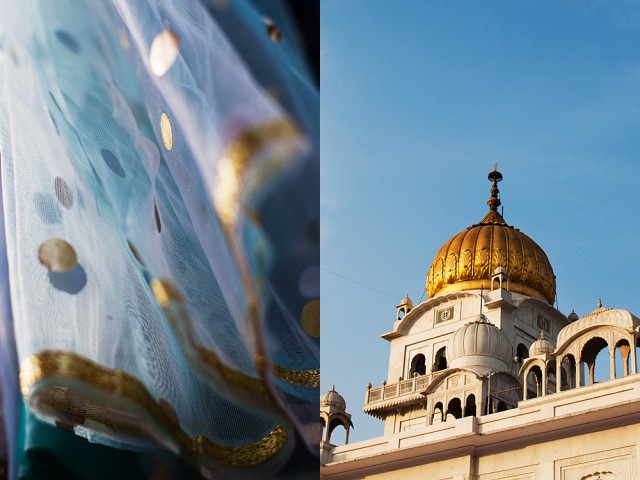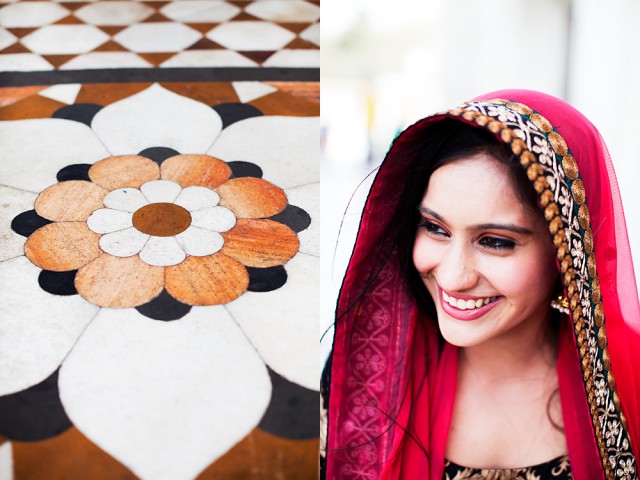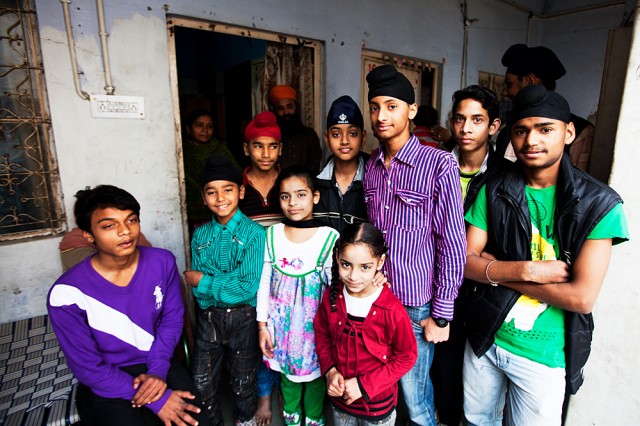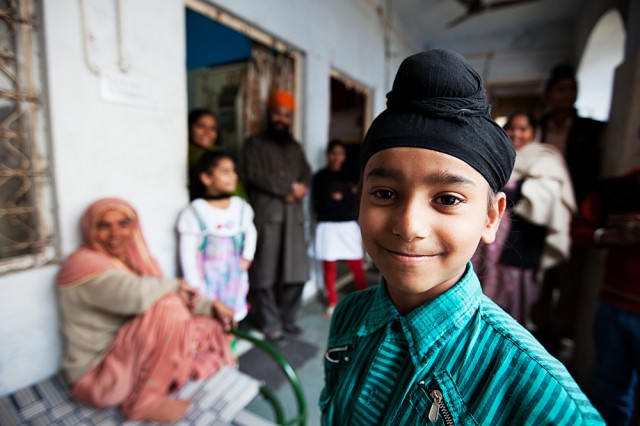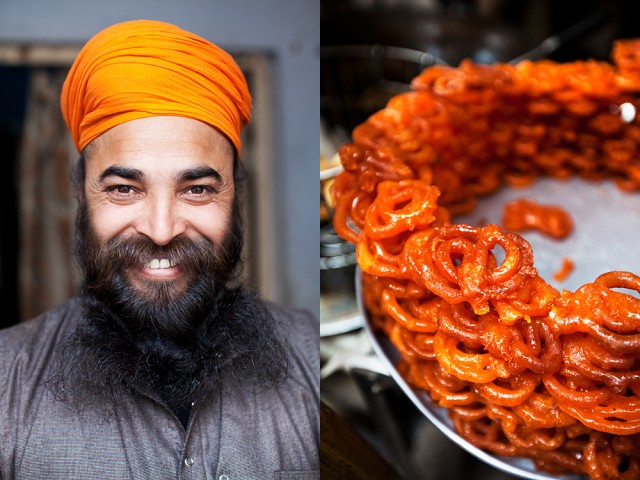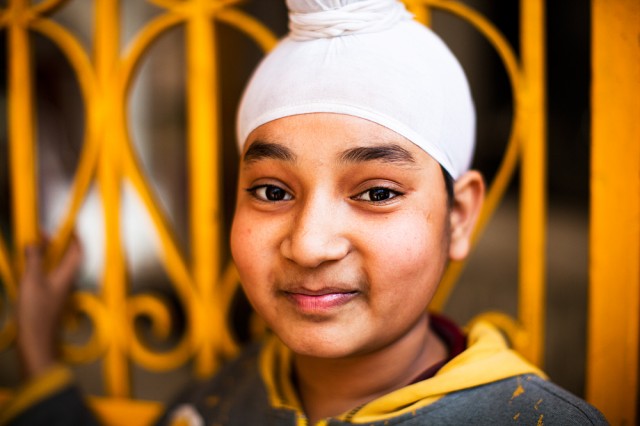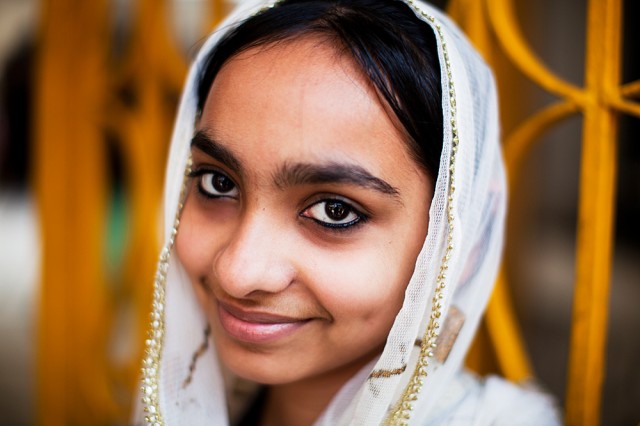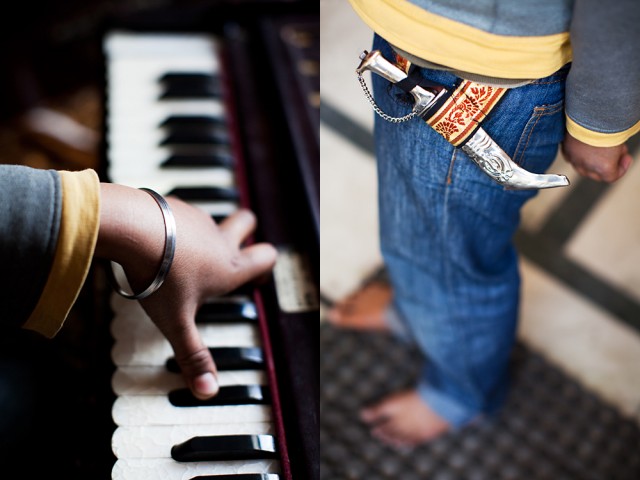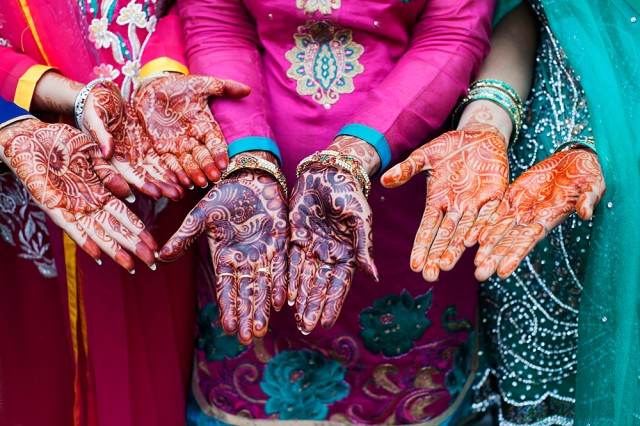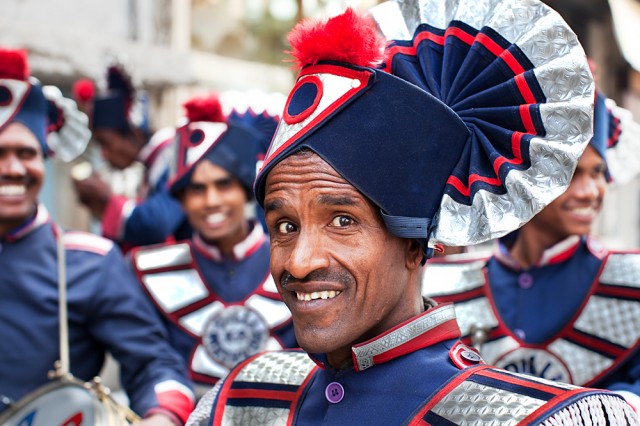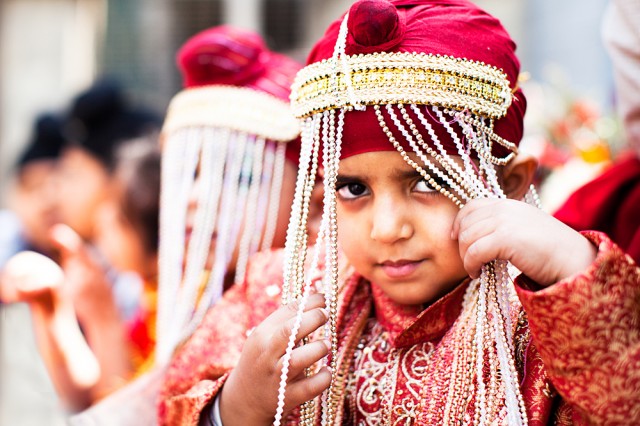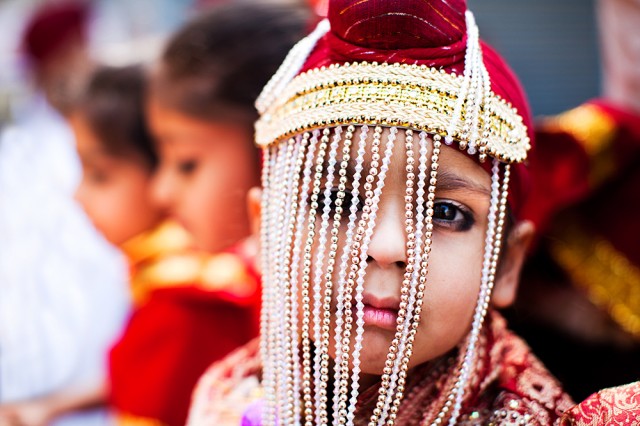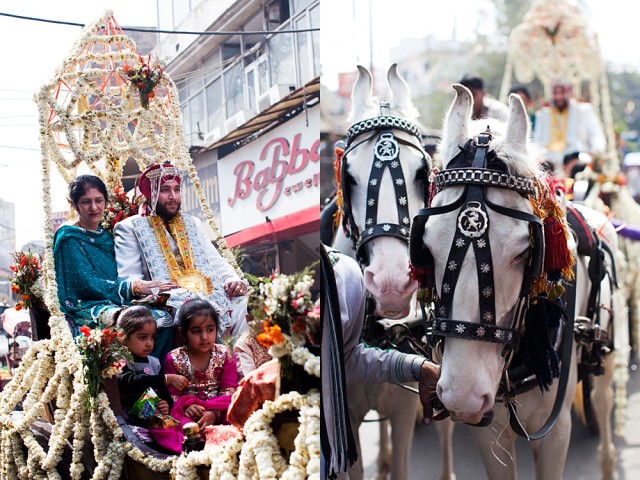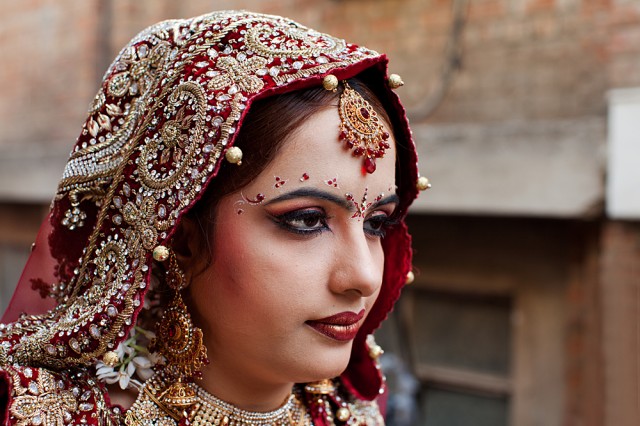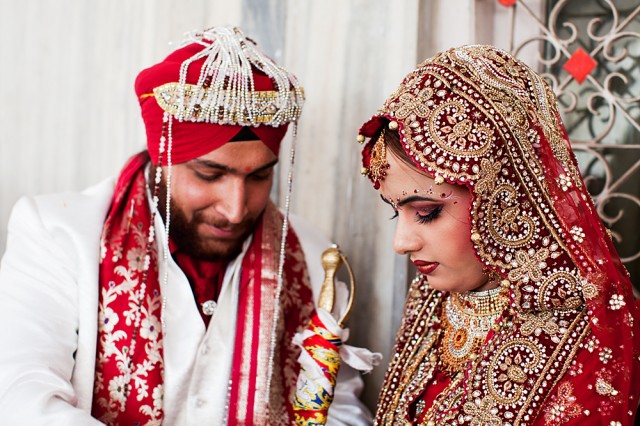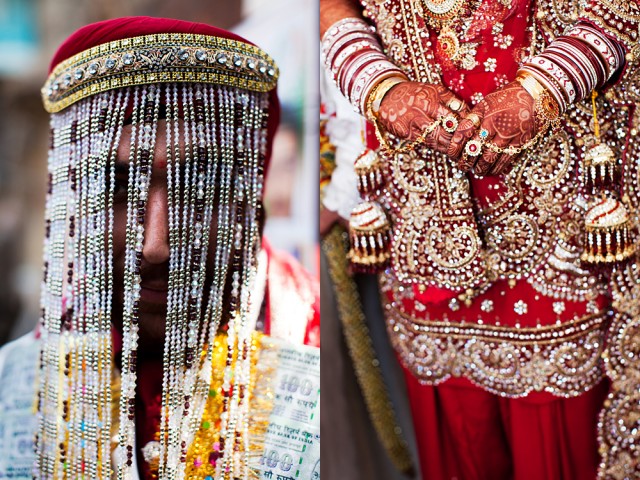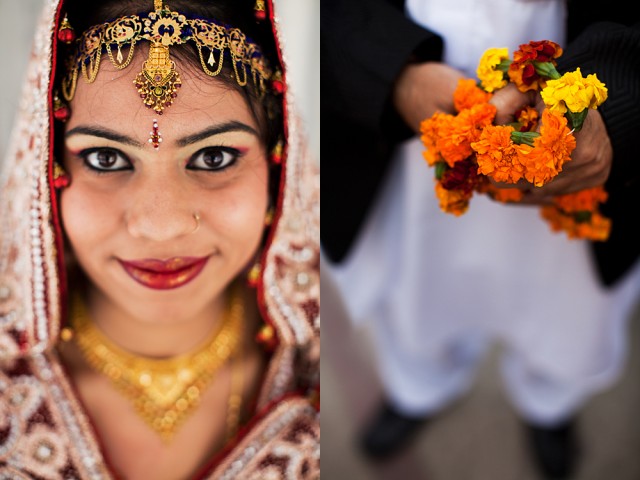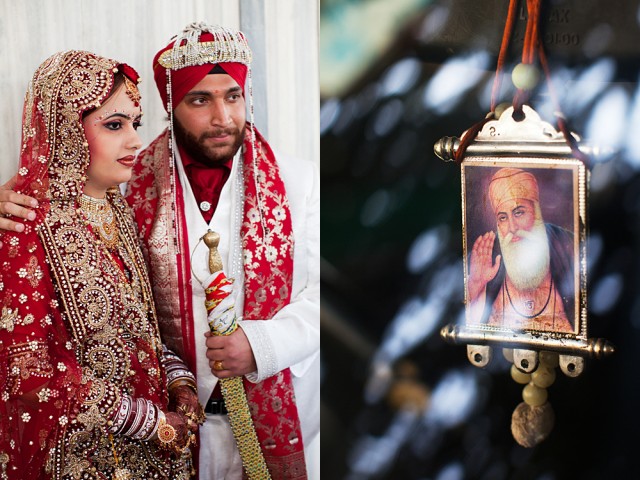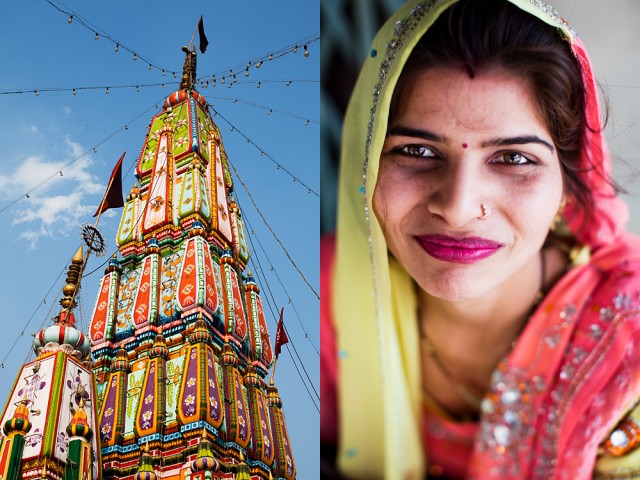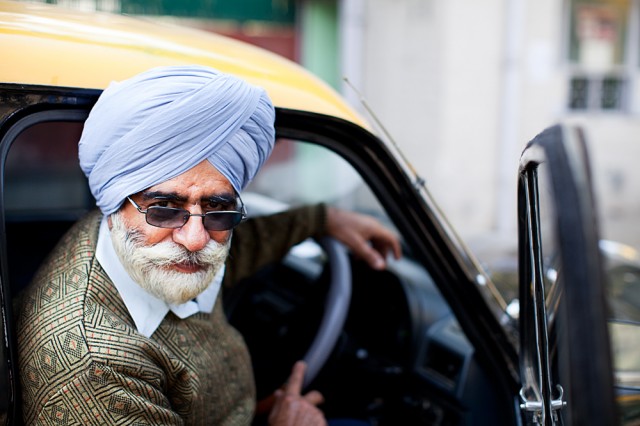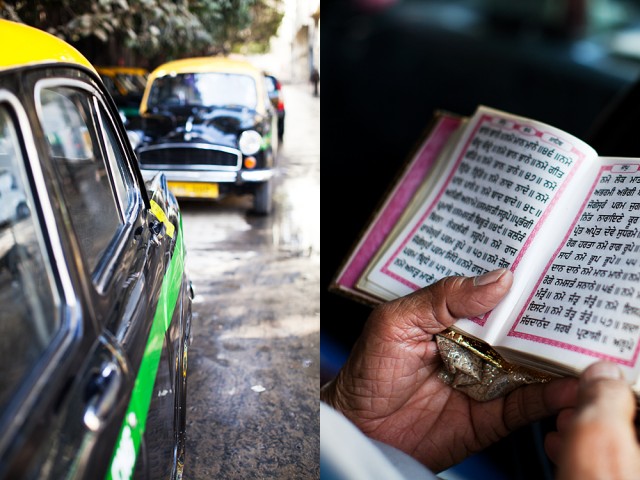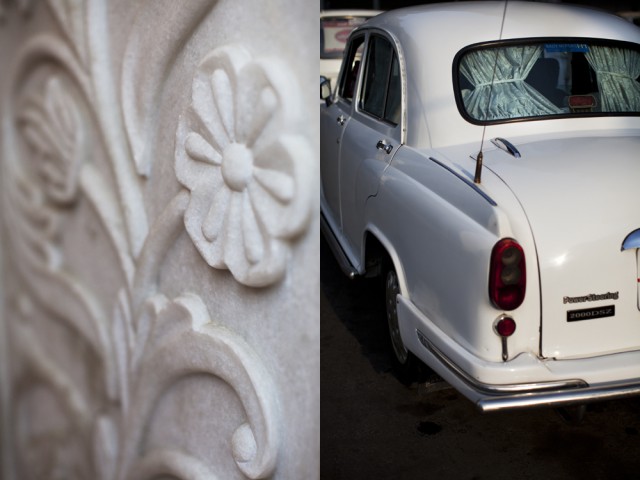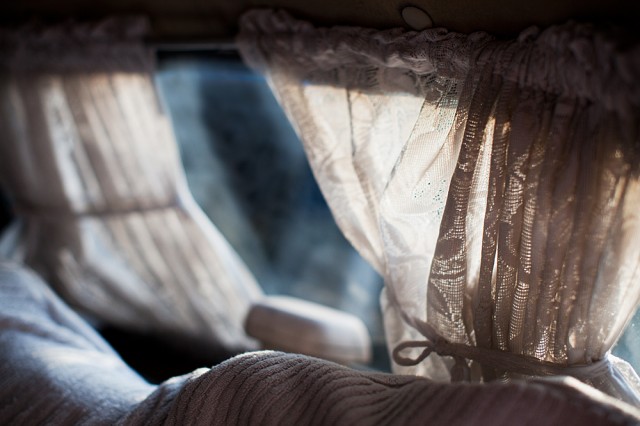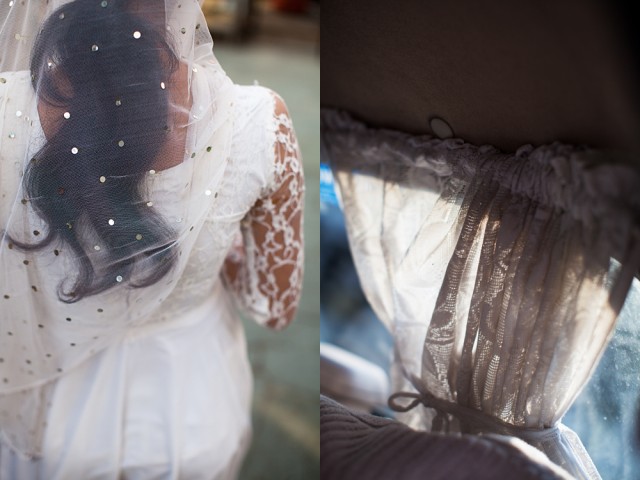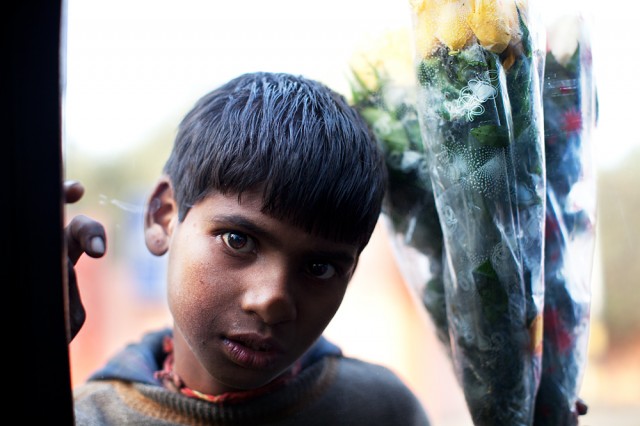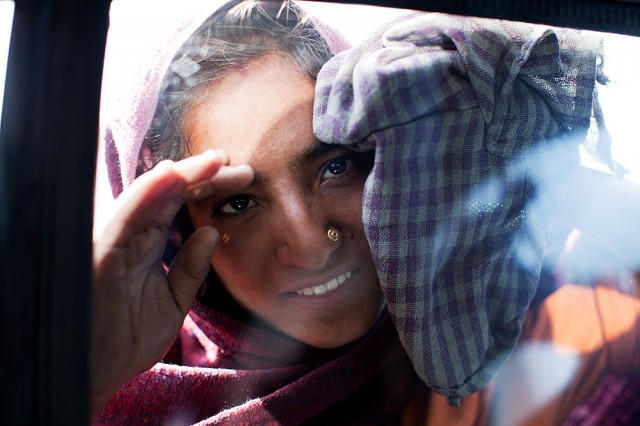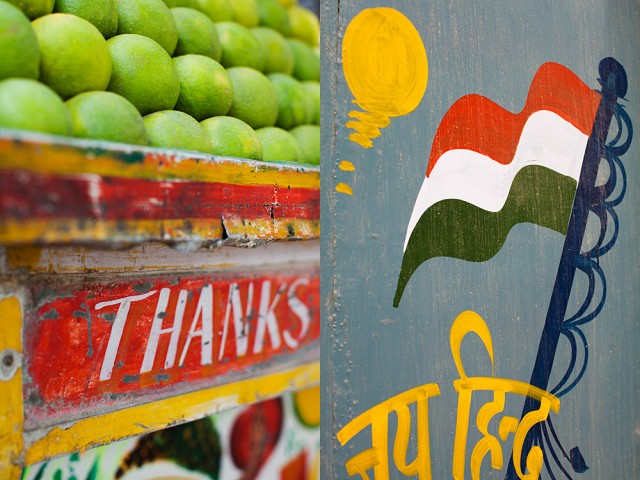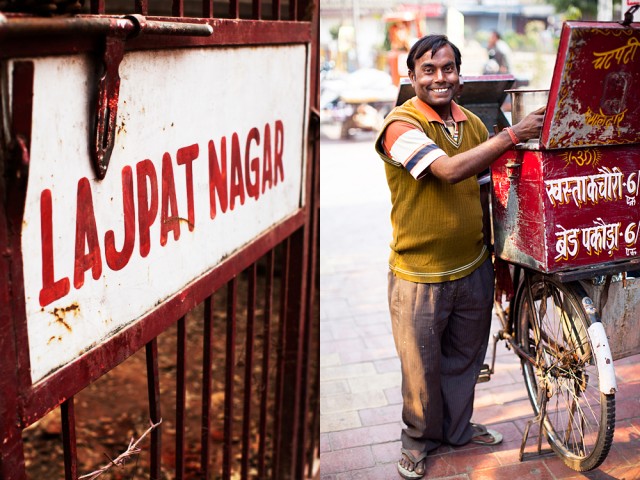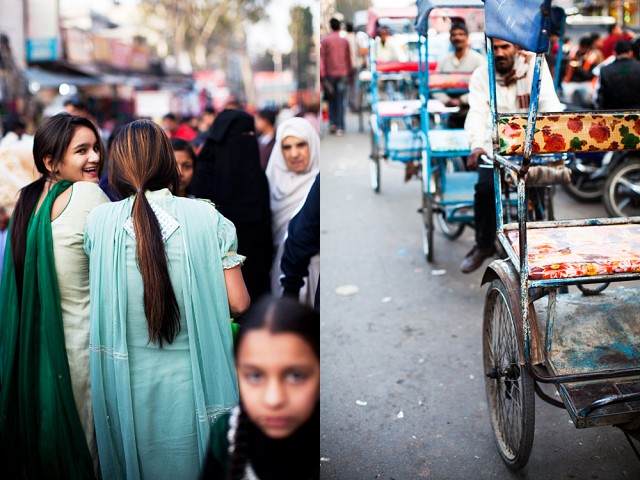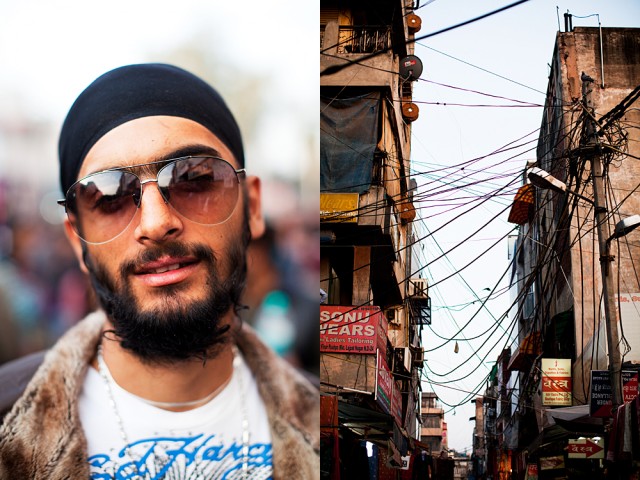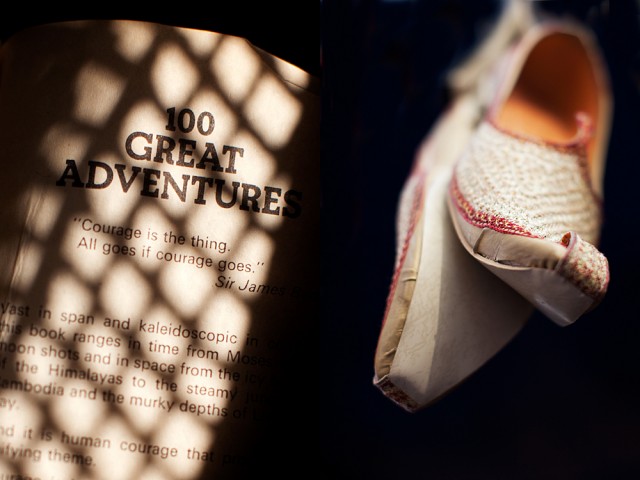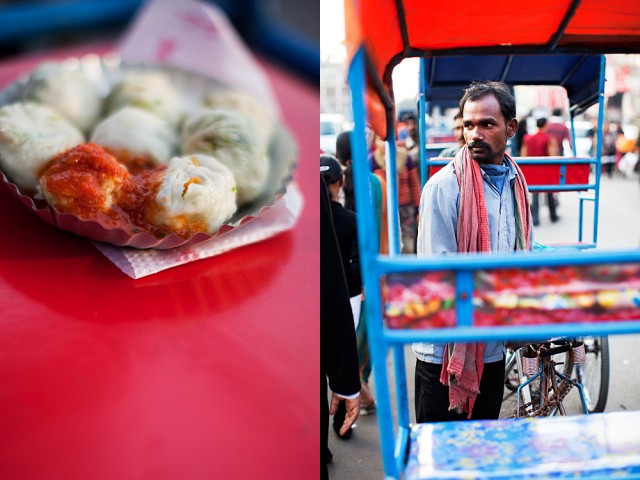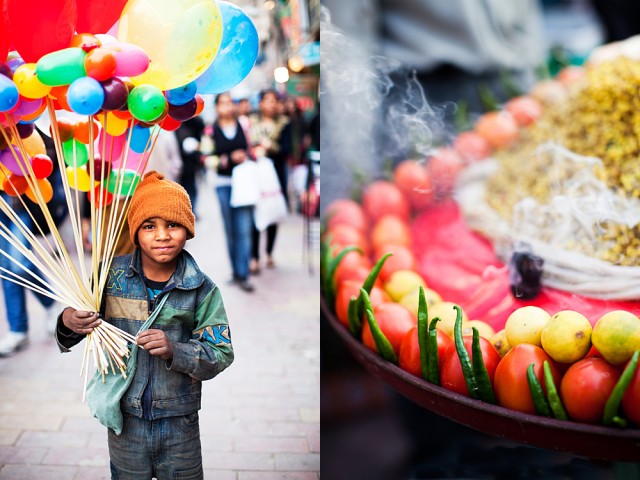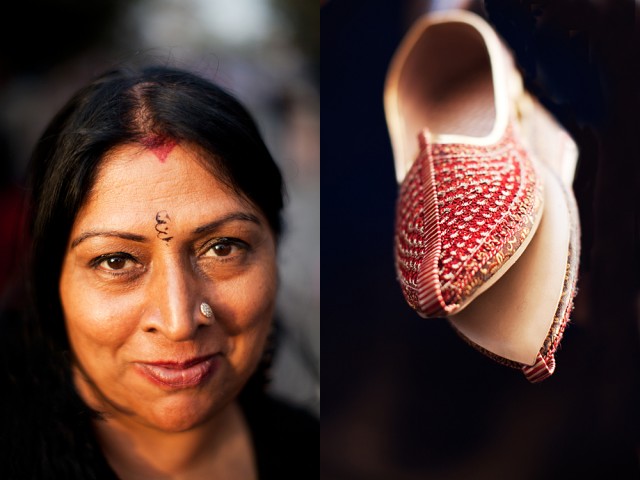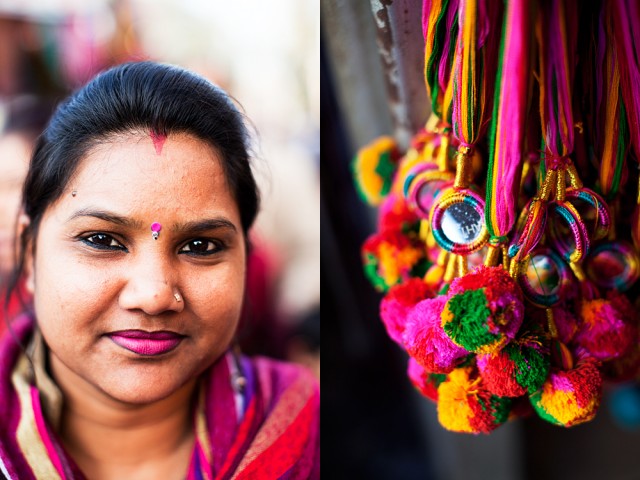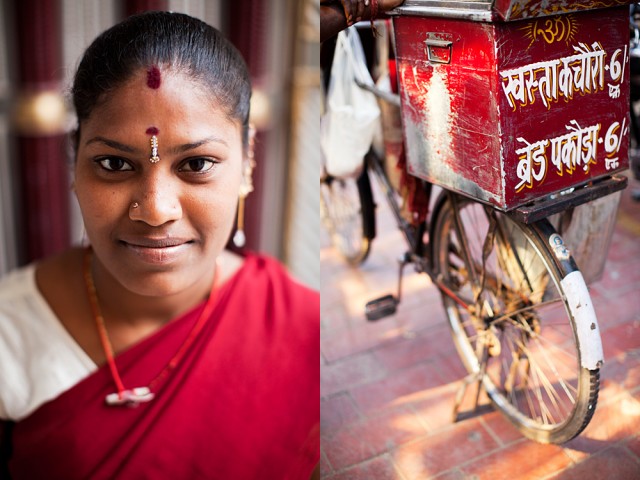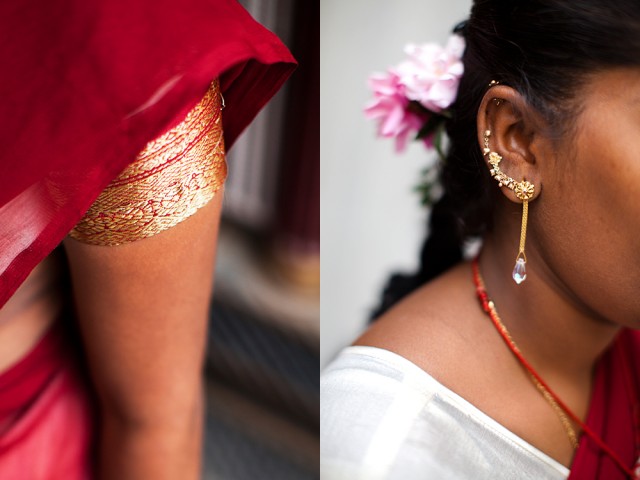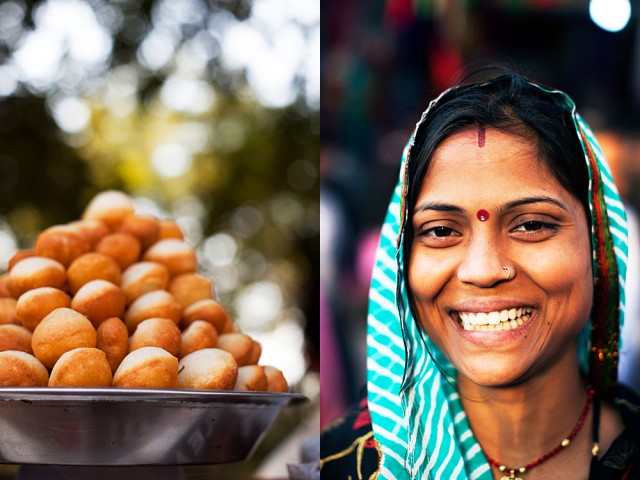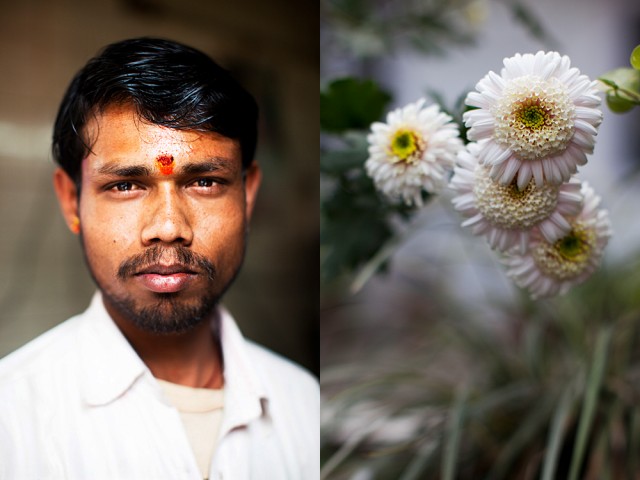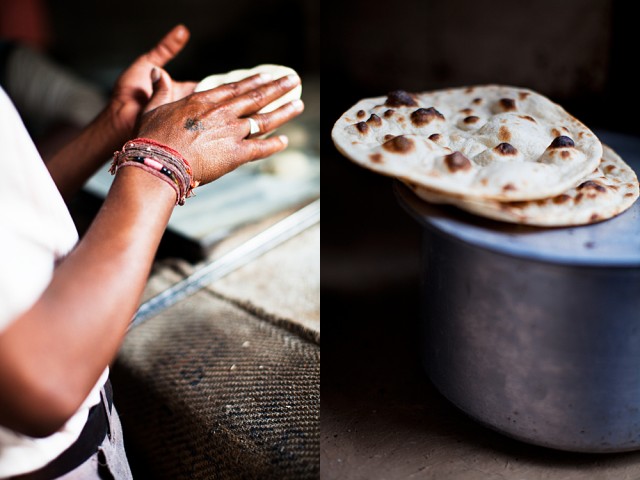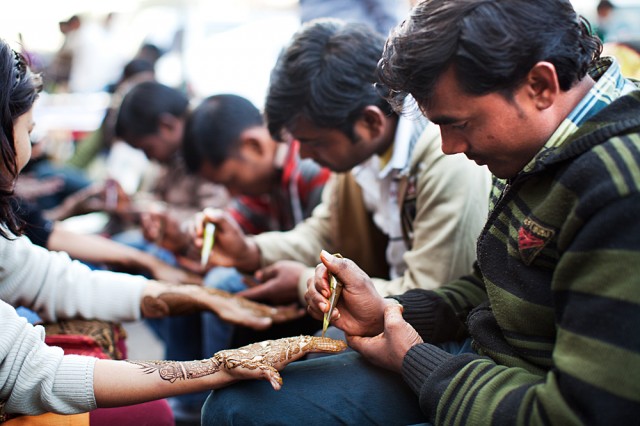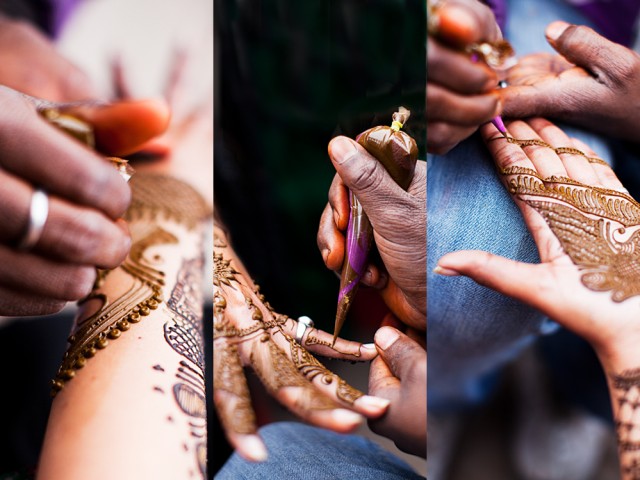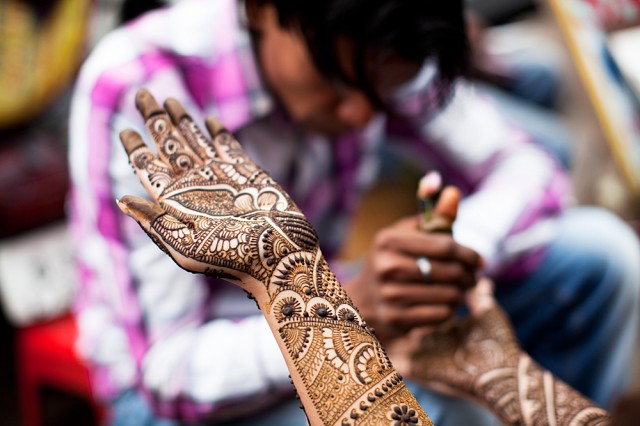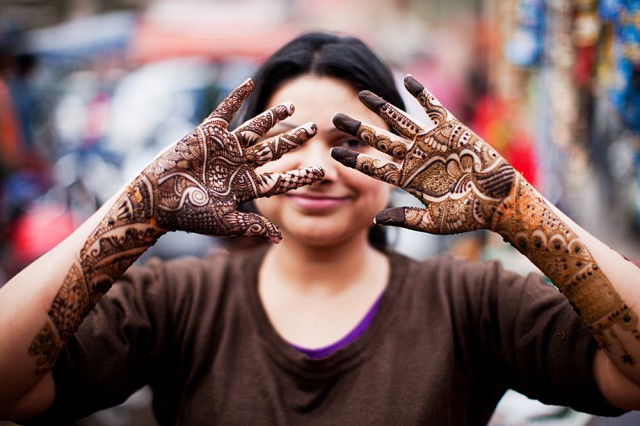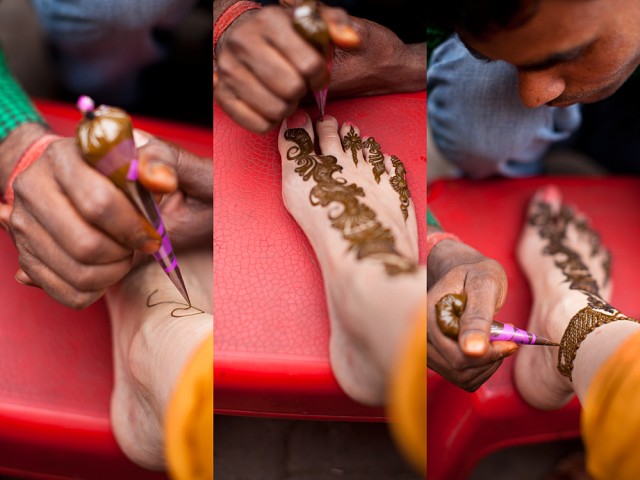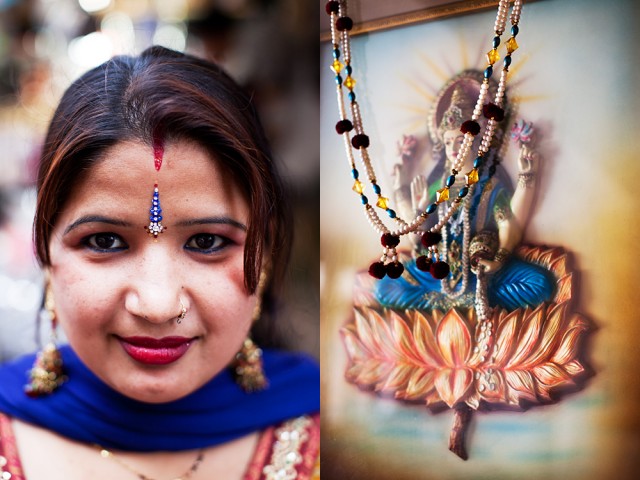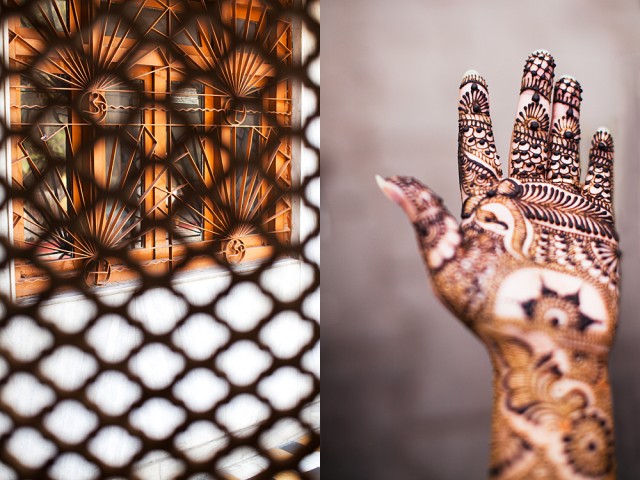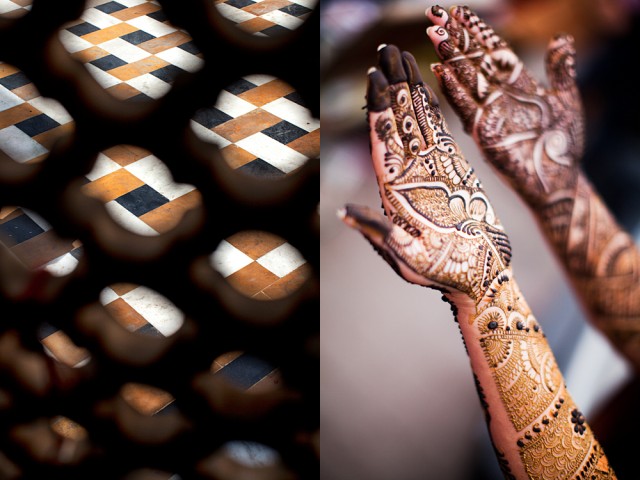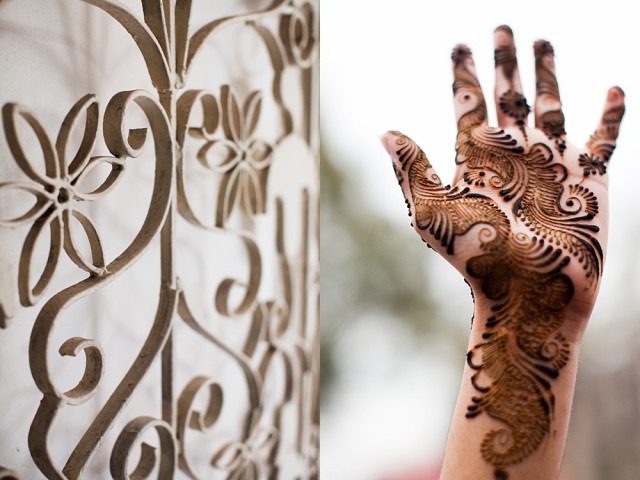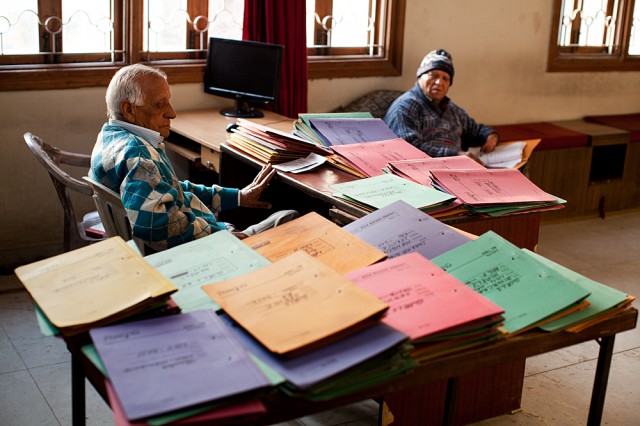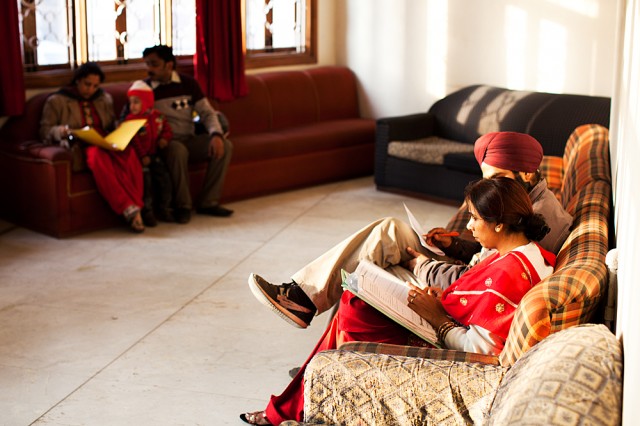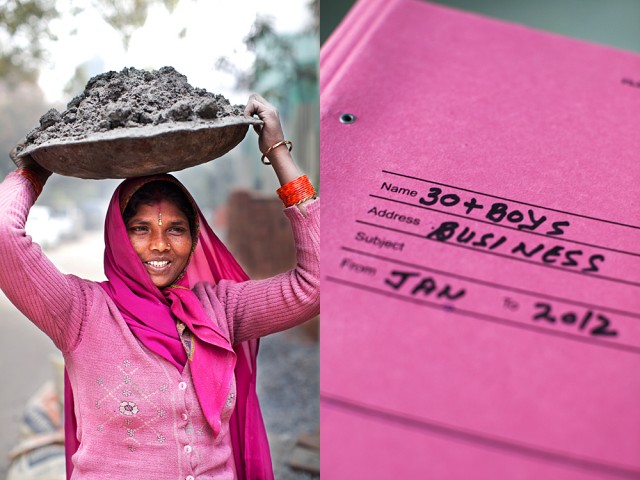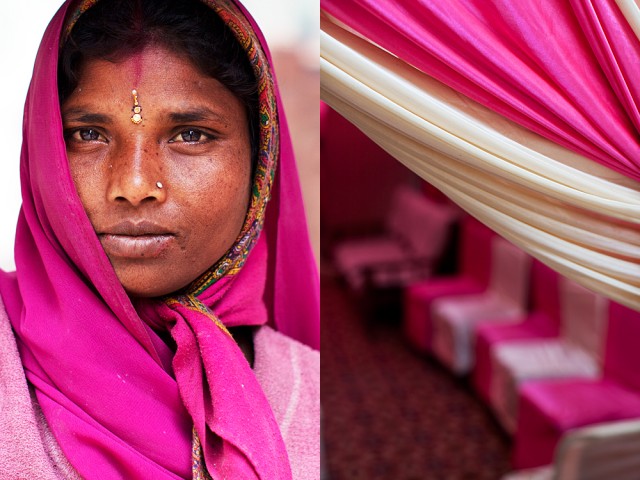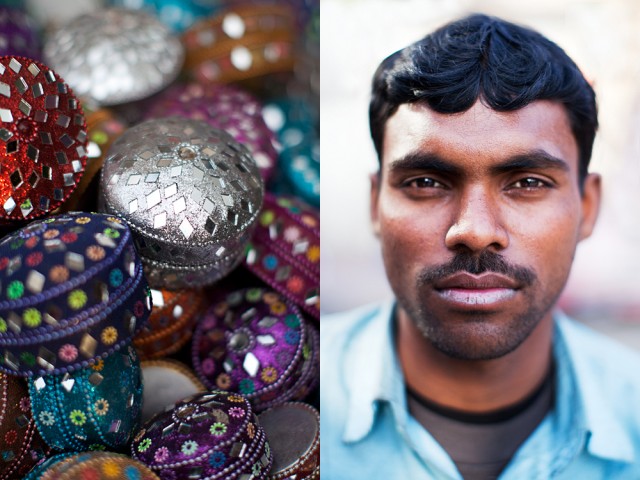Week four in Delhi and the lucky last in India. (Yes, I was contemplating extending our stay on the subcontinent, maybe swinging over to Calcutta for a quick look see, but in the end I decided to stick to the original timings and press on westwards to Istanbul tomorrow.)
Having touched briefly on Islam, Hinduism and the Jains over the last three weeks, I wanted to spend our final week here taking a look at the third largest religion in India, Sikhism.
So I nipped over to the biggest Sikh temple in Delhi before heading west to the largely Sikh neighbourhood of Tilak Nagar, some 17 km from the city centre.
While 17km isn’t very far, west Delhi felt quite different to the south where our last three neighbourhoods have been. It’s as dirty and dusty, probably more so, but there’s just something I liked better. Perhaps it’s the Sikhs themselves, infusing the place with their noble principles of equality amongst all humans, no matter what caste, creed or gender.
Let’s go Tilak Nagar!
Part 1: The big Sikh temple
Although I usually shy away from anything remotely big or touristy, I made an exception with Bangla Sahib Gurudwara, Delhi’s largest Sikh temple, located slam bam in the city centre. As I was pretty clueless about Sikhism I thought I might meet some Sikhs there and get a heads up before hitting the suburbs. The place is impressive but I went on a Sunday when it was so crowded with devotees and tourists that I didn’t dally.
Before I left, however, I met a bride-to-be performing a pre-wedding ritual with her family, and had a quick glance at the Sikh langar or ‘free kitchen’ that feeds up to 10,000 people a day no matter what their caste or creed – because Sikhism is all about inclusiveness, sharing and community.
Part 2: The little Sikh temple
After my flying visit to Delhi’s largest gurudwara, I headed west to possibly Delhi’s smallest, in Tilak Nagar. As usual, I found the local, untouristy alternative so much more satisfying.
As soon as I entered the gurudwara I was ushered upstairs by a gaggle of kids to meet the families who live on the premises. There wasn’t a lot of chit chat until I met the charming and cheeky Navneet Singh, a 14 year old Sikh nicknamed Paras who speaks perfect English. He lives outside the temple but was there with his sister and cousins for their regular music lesson. Luckily for me he was early and I was able to quiz him about all things Sikh.
Thanks to Paras I left the little gurudwara not long after feeling slightly less clueless than I had when I’d wandered in.
Part 3: Tying the knot, Sikh style
The second thing that made my visit to Tilak Nagar so unexpectedly enjoyable was also completely unplanned. For the past few weeks I’ve been wanting to stumble on a wedding. I’d almost given up hope of serendipity providing me with one when on visit number two to Tilak Nagar, I noticed jasmine in the hair of a woman as she walked quickly past my taxi. Now, jasmine in your locks can only mean one thing in India – a wedding. So I leapt out the taxi, ran up to the woman and with all the grace of an excited five year old stammered, “Wedding?!”
Yes, wedding. And what was more, I was in time to join the procession to the gurudwara which entailed a horse-drawn carriage and the wedding party dancing in the streets. Far from being viewed as a nosey outsider, I was welcomed like an honoured guest. In fact, for the first time in my life I think I was auspicious; as soon as I joined in the dancing, everyone clapped madly and money was waved over my head, in exactly the same way as the Jains had done two weeks earlier. Either that or they thought it was hilarious to watch the white chick trying to emulate their hip shaking dance routine. It was all caught on video by not one but two videographers. The things you do.
Before the procession started, we all had to wait around a fair while. Which is kind of tedious when you’re just a tot. Even when your twin is right beside you. And especially when you have to wear beads in front of your face as part of some century old tradition. Bor-ing.
Eventually the procession ended up at the gurudwara and after a few rituals – garlands of flowers being donned, prayers sung – the bride suddenly appeared and made her way over to the waiting groom. The groom unveiled the bride’s chooda or wedding bangles and then rid himself of his own veil, before they all filed inside the gurudwara; I stuck my head in briefly to see everyone sitting around while various songs were sung and rituals performed. I felt I’d intruded long enough and it was time to go.
Part 4: And just for good measure, a Hindu temple
In the Sikh spirit of inclusiveness, and seeing as it was the birthday of Hindu god Shiva this week, I made a brief visit to a couple of local Hindu temples in the area.
Part 5: On the road
One of the things you first notice when you arrive in Delhi is how many taxis are driven by the turbaned Sikh. And seeing also as I have spent so much time sitting in taxis over the last month, in traffic or just getting from A to B, I thought it apt that we end with images from the road.
The Wrap
Tilak Nagar ain’t no oil painting. But I really enjoyed it, thanks largely to Paras at the gurudwara and the Sikh wedding party. My visit to India would’ve felt incomplete without a wedding; I bow low before my god, Serendipity, and give humble thanks.
On the ‘home front’
Coco and I would also like to say a huge thanks to everyone in the house here for the various ways in which they’ve all helped over the last month. To Ronnie, Suzy, Wayne, Jed and Jennifer, dhanyavād!
I know he’ll never read this but thanks also to Sebastian, for fighting the traffic chaos to deliver me safely to whatever destination madam required.
I am looking forward to getting on that plane tomorrow – but there are things I’m going to miss. The colours of course. But other less obvious things, like being asked what my ‘good name’ is. And seeing joy go dancing down the streets, in the form of a Jain celebration or a Sikh wedding. And the street kids, who don’t know they could justifiably complain to the high heavens about their circumstances but instead just get on with it, playing under the overpasses and laughing their way through the dust and dirt.
—
This suburb has been brought to you by Simeon and Sarah
—
See you next week. In Istanbul…

